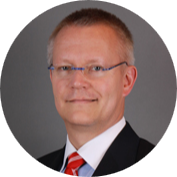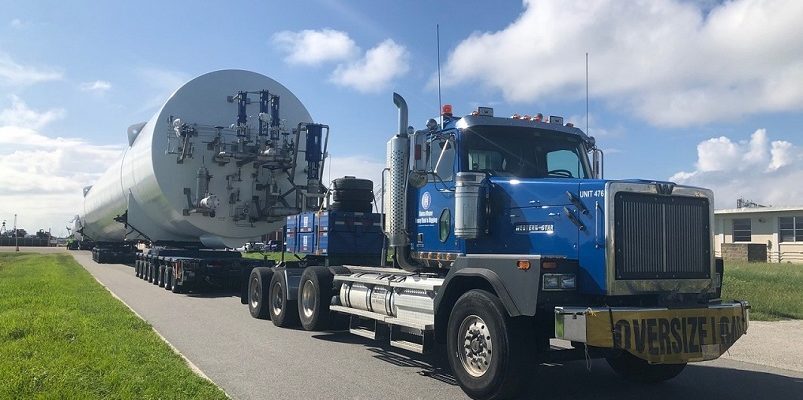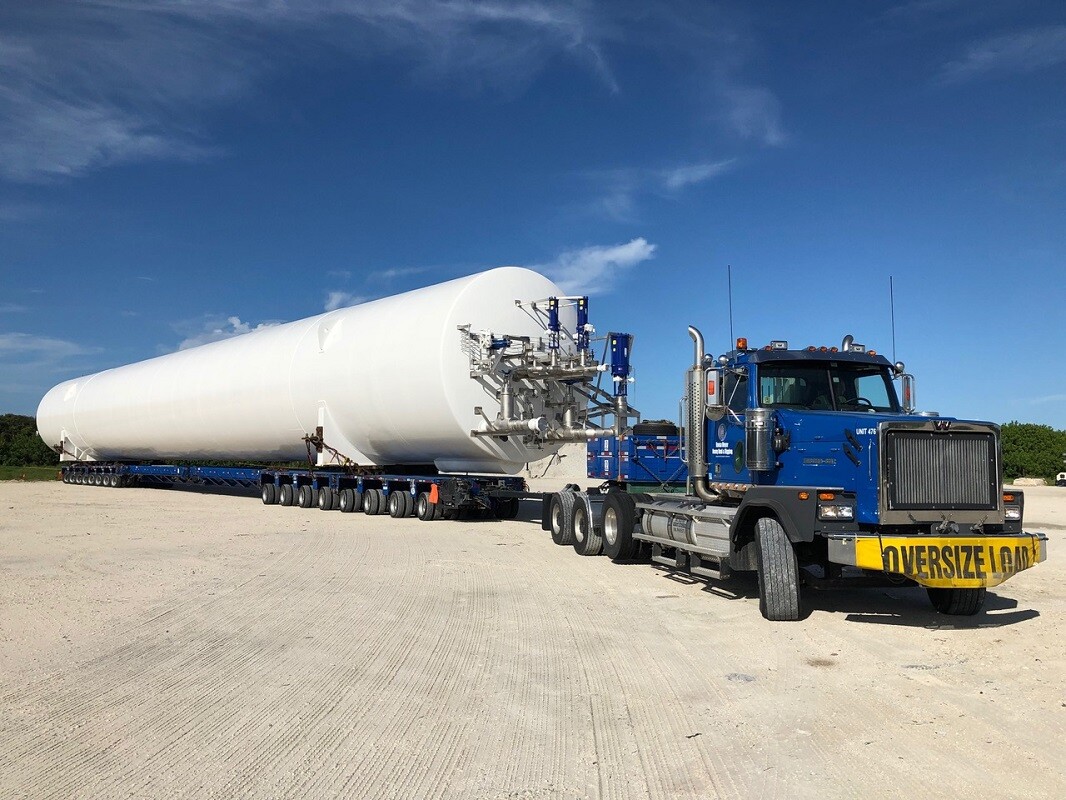Interview with
Mr. Frank Scheibner
President & CEO

Hansa Meyer is a well-known German forwarder, but perhaps less known is that you do a lot of inland transport in the US. Could you elaborate a bit on your strength and capability in this field? Many find themselves in trouble doing OOG inland transport in the US. What problems does inland transport face in the US? Are there a lot of regulations, bureaucracy or red tape?
As a project forwarder, we use third parties to do the delivery, pick-ups and setting of the equipment. However, we decided to get our own equipment and therefore have full control over schedules, equipment and people. That reduces cost and risk for customers. We designed our prime movers with Western Star and Mercedes-Benz and can pull 1,100,000lbs (approx. 500 tons) per truck and in combination 3,000,000lbs (1350 tons).
We use Goldhofer SL and Dual Lane trailers which can change the driving width from fourteen to sixteen to eighteen to twenty feet wide (4.25m in the base configuration to 6.10m in the wide configuration). We also have our own fabrication and paint shop. We make our own stands and beams as well as bridge jumpers etc. We have an in-house engineering department as well.
The USA is very complex in terms of over-dimension and heavy cargo because every state and every district within a state has its particular regulations. The permit process and requirements are different from state to state. Additional challenges are as follows: the bridge system in the USA is old and is being de-rated all the time meaning loads which can go over a bridge today may not be able to go next month. Most of the power lines are above ground which creates challenges and substantial cost with loads over sixteen feet. Unfortunately, a lot of the DOT offices are understaffed and so are the police.
Could you provide us with a few examples of projects that you have carried inland for companies outside of your group?
That’s an interesting question. In the beginning, ninety percent of what Hansa Meyer Heavy Haul & Rigging handled came from our network, but today that is twenty-five percent. The remaining business is business that has been created by the heavy haul team itself. Most recently and currently still ongoing, we are outfitting two major launch pads in Cape Canaveral with large LNGs and other tanks. This includes transport across the USA by road as well as barge, and the setting on the foundation. (See pictures throughout).
Do you need a license in the US to operate as a project freight forwarder? Often, US English can have different terminology than other countries’ English, so would you please specify the different terms in the US for customs brokers, freight forwarders and shipping agents?
On the freight forwarding side, you need to have a license to broker freight, an NVOCC license if you chose to handle ocean freight with your B/Ls and an IATA license if you chose to do airfreight. A customs broker needs their own customs license which can only be obtained by US citizens. On the carrier side, you need to be a registered motor carrier. Motor carriers are governed by federal law versus state law.
When was your US office established and how long have you personally worked there? When and why did you decide to go into logistics? Is it difficult to attract young talent in the US into shipping and logistics nowadays?
We started the project forwarding office in 2011 and the heavy haul office in 2015. I started my apprenticeship at Lassen in Munich, Germany, and shortly thereafter I went to the USA and have been here ever since. My entire carrier is in the transportation/logistics field. Unfortunately, we don’t have any true apprenticeship system here in the USA, therefore you must train young people in-house. It is a challenge both on the forwarding and even more on the heavy haul sides to get talented people. A lot of our crew members are gone from home for several months at a time.
Do you own trucks and trailers, or do you generally shop around for the best in the market for a potential customer? How about engineering and feasibility studies? Do you have such a support function as well?
Hansa Meyer Heavy Haul and Rigging owns all its equipment. Also, we use owner-operators and other sources to supplement our equipment. We do all our engineering in house. We prepare our route studies and can demonstrate turns with our equipment showing the road, the trailer, the tire path and the cargo path which might be different if we have overhangs or are working with turntables. We also have a Leica MS60 scanner which allows us to scan in entire plant sections or bridges with an accuracy of 1mm. On a recent project, we used our Leica to scan in a plan for a dryer exchange which allowed us to scan all columns, headers and other protrusions. We also scanned seven large LNG tanks and the scan was used by our customer to fabricate all the pipe runs to the tanks.
Do you use the great inland waterways, for example, the Mississippi, for moving project cargo? Which US seaport would you say is most efficient when it comes to coordination, customer service and rates? Of course, the US is a huge country and the entry port often depends on the destination, but what kind of studies would you propose to undertake to choose the right inland gateway for a project?
Another great question. We use the inland waterways extensively for large and heavy items whenever possible. However, this also comes with challenges from old locks and dams as well as high and low water situations. The Mississippi starts in St. Paul, MN, and ends in New Orleans. On its way, you must go through twenty-seven locks on the journey of 2,384 miles. We have completed this task four times this year. There are also other rivers such as the Ohio River and the Tennessee River.
In terms of seaports, the best-equipped port for project cargo is Houston, TX. It is not only the port itself but also the road system out of the port that can be a challenge particularly in the North East of the USA.
Are customs clearance and inspection difficult in the USA?
It is a process, but unless it’s something uncommon it is not a problem if all the paperwork is in order. Lately, we had some issues with bug-infested packaging where US customs refused the shipment and it had to be exported again for fumigation. Therefore, it is important that all the packaging is fumigated, certified and stamped.
What is it about the job that you particularly like?
I like the technical aspect and finding solutions for challenging projects. Coming from the freight forwarding side, it’s fantastic to have our equipment, engineering, fabrication, etc. all in house. Every day is different – every day we learn.
How to get in touch with you?
Frank Scheibner – President and CEO
8502 Miller Road 3 | Houston, TX 77049
Phone: 713-993-7640 | Direct: 713-993-7641
Mobile: 305-282-9167 | Fax: 713-357-9695
E-Mail: f.scheibner@hansameyer-us.com







